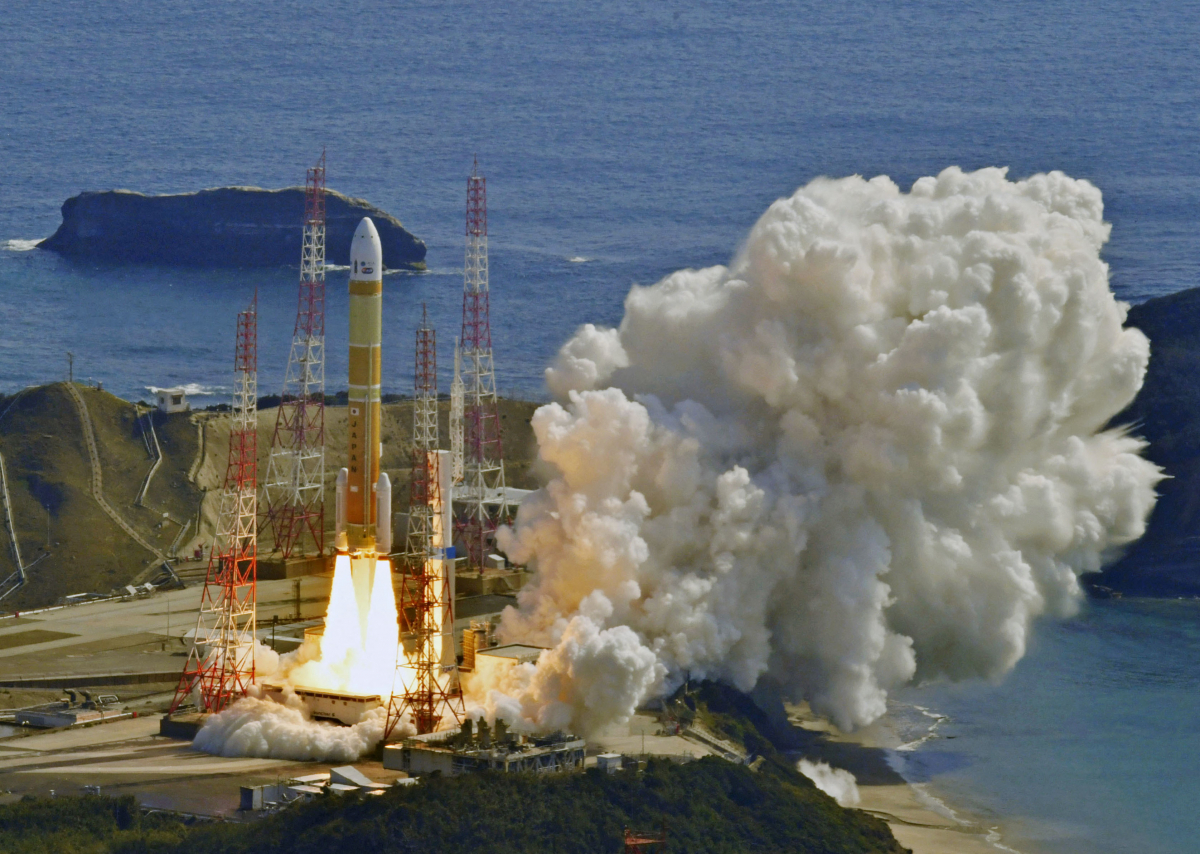The TF1 (Test Flight No. 1) flight of Jaxa's new launcher was short-lived, as its upper stage was scheduled to enter the stage.
Second attempt
The H3, the new heavy launcher of the Japanese Space Agency (Jaxa) had suffered a false start on 16 February, following the discovery of an anomaly by the first stage management system
The 63 meter tall launcher finally blasted off on March 7 at 1:37 a.m. UTC from the island of Tanegashima, in southern Japan.
But the second stage refused to ignite, and a self-destruct order was sent to the launch vehicle.
This was the 31st orbital launch attempt and third failure recorded this year worldwide.
A radar satellite on board
The H3 carried with it Alos 3 (Advanced Land Observation Satellite 3), or Daichi 3, a Jaxa radar Earth observation satellite weighing about 3 tons, built by Mitsubishi Electric (Melco).
It was to be placed in low sun-synchronous orbit (SSO).
American astrophysicist Jonathan McDowell, a specialist in tracking artificial satellites and author of Jonathan's Space Report, believes that the impact of the H3 debris at about 01:55 UTC in the Pacific Ocean took place.
Découvrez cet article sur Air&Cosmos

